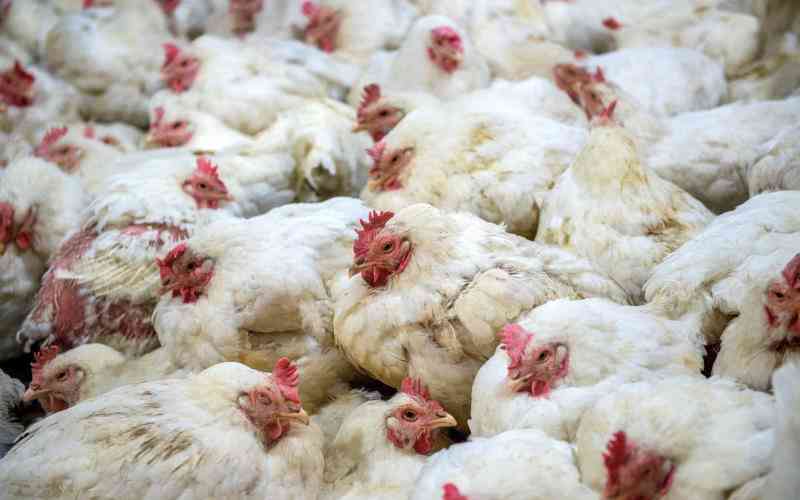
Globally, the poultry industry has remained buoyant amid increased demand for both meat and eggs.
While poultry farmers have been making gains, they have also had to grapple with the challenge of diseases, which, if not contained, are likely to scuttle these gains.
The most common of these are respiratory diseases, which affect both small-scale and commercial flocks. They include Newcastle, infectious bronchitis, Mycoplasma (chronic respiratory disease, CRD), infectious coryza and fowl cholera.
At the farm level, these diseases tend to present similar clinical signs, including gasping, coughing, snoring, watery eyes, swollen sinuses, nasal discharge, reduced production, and some cases, death.
Although each disease may require specific treatment once it occurs, control measures are similar and, if implemented, they reduce occurrences of these ailments on the farms.
Here are strategic priorities farmers must consider to keep diseases at bay.
Site location and distance: Because most of these respiratory pathogens are airborne, a poultry operation should be in an area with a (very) low poultry density. The distance between two flock units in the same farm should be 100 ft, while farms of different operations should be 1km apart or more. This requirement is good for disease prevention and containment should an outbreak occur.
On the layout, you need to have a good fence around the farm, a farmhouse with a shower facility, an egg room, a feed store, a parking area and a dead bird disposal pit. The construction of the house and other rooms must allow easy and correct cleaning and disinfection. The house must have lockable doors to keep unnecessary visitors off the premises.
Biosecurity: Farm owners must protect their operations with good biosecurity practices. Keep your farm neat and clean all the time and practise good husbandry. Only allow essential people into the flock houses. Please keep records of all visitors. Farm workers must visit different units in order of age, starting from the youngest to the oldest.
All authorised visitors must change into or wear protective clothing, hair nets, and rubber or disposable boots on location before entering the premises.
Cleaning and sanitation: Before any placement, the barns must be thoroughly washed and disinfected. Hands must be washed and sanitised when entering each house. Water must be assessed twice a year for contaminants and chlorinated to reduce pathogen levels. All mortality must be removed from the houses twice daily and disposed of properly by burying. Between flocks, it is a good practice to eliminate any rodents. Rodents carry disease-causing pathogens that adversely affect the health of poultry.
The rodent control programme must involve weekly monitoring of rodent bait stations.
All feed spills and/or damaged equipment must be repaired and cleaned up to prevent attracting wild birds and rodents. A one-metre barrier around each house, free of grass (preferably concrete “apron”), must be maintained to prevent rodents from entering poultry houses. The farm needs to have a foot bath with a broad-spectrum disinfectant at each door entrance.
Poultry vaccination: It is a particularly important activity in managing flock health and product quality, in addition to farm biosecurity, hygiene, and sanitation. Poultry farmers should vaccinate their flocks to protect them from such infectious respiratory diseases. Any vaccination programme should be informed by the disease challenges, type of bird, type of vaccine and the best method to administer that vaccine. Qualified personnel are the only ones allowed to administer vaccines.
Depopulation: Also called culling, depopulation is a major disease-control strategy in poultry production, especially if you are dealing with highly infectious or persistent diseases.
Stay informed. Subscribe to our newsletter
After depopulating, all old litter must be removed during each cycle and taken off the farm before a new flock is placed. It eliminates the source of infection, thus stopping the disease from circulating.
It also breaks the disease transmission cycle by removing all birds from the farm. Finally, it enables thorough cleaning and disinfection, thus protecting surrounding farms and the industry at large.
Dr Messo is the company veterinarian, Kenchic; [email protected]
